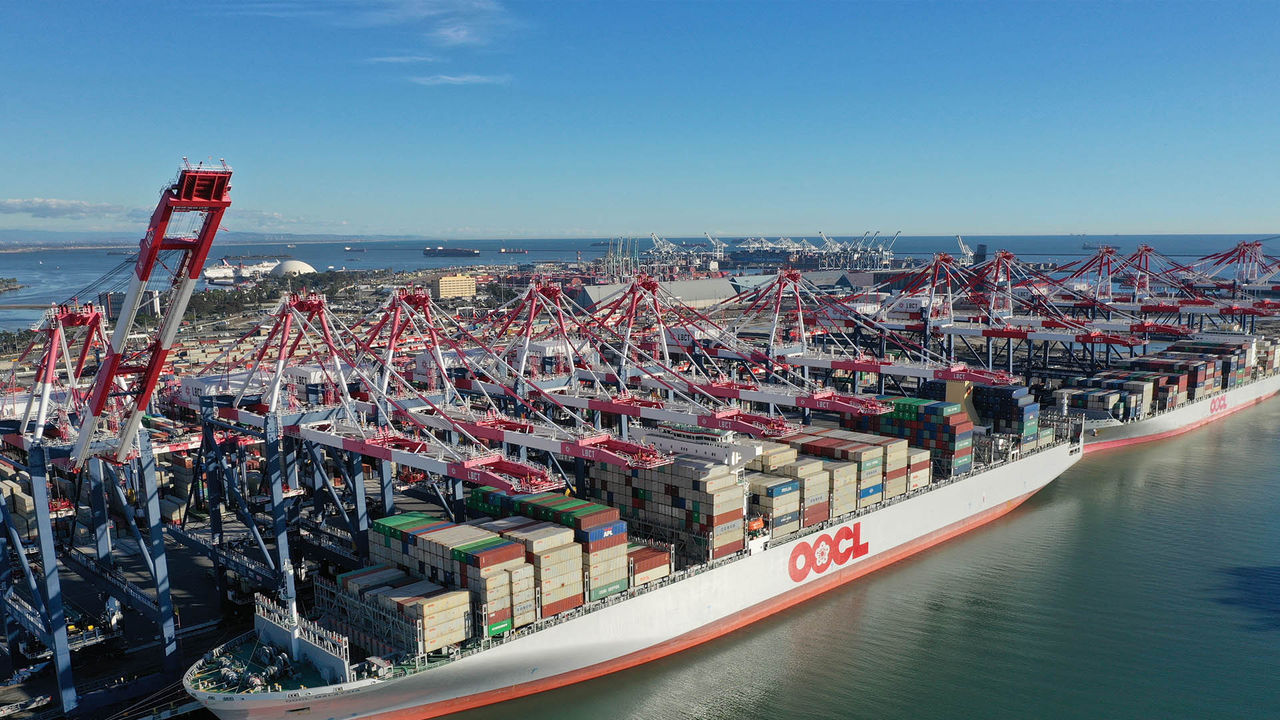

Infrastructure
| Sector | Infrastructure |
| Sub-sector | Ports |
| Location | North America |
By adopting net zero measures, ports can evolve into clean energy precincts that reduce emissions while enhancing competitiveness. Through efforts to decarbonise operations, ports can help to streamline cargo handling and support the long-term sustainability of the sector.
Additionally, as pivotal hubs in the global supply chain which link stakeholders such as shipping companies, rail networks, and logistics providers, port operators can help facilitate practical and scalable solutions to support decarbonisation across the industry more broadly.
As part of the combined Los Angeles-Long Beach port complex – the largest cargo gateway in North America, responsible for handling approximately 30 per cent of all US container volumes – LBCT plays an important role in advancing sustainable port operations.
Partnering with MAM, LBCT developed and launched an ambitious Net Zero 2030 Climate Action Plan (“the Plan”), aimed at establishing the port as the first net zero emissions terminal in the US.2 The plan takes a practical approach, focusing on four key areas to address the environmental and social impacts of its operations:
To support the execution of the Plan, in December 2021 MAM worked with LBCT to appoint a new Director of Sustainability to drive net zero business planning alongside other sustainability initiatives.
Outcome
Since 2015, LBCT has achieved an 88 per cent reduction in Scope 1 emissions per container – the lowest emissions per container globally.4 This has been achieved through the execution of the Plan with measures including the installation of electric ship-to-shore and rail cranes, deployment of a zero-emissions terminal truck fleet, and construction of battery charging and exchange buildings.5
Additionally, more than two thirds of LBCT’s conventual cargo handling equipment, such as terminal tractors, forklifts, charging and fuelling infrastructure, have been transitioned to zero emissions.6
LBCT’s adoption of innovative practices and advanced technology has enabled it to quadruple its container handling capacity, while maintaining the fastest truck turn times, shortest vessel berth stays, and shortest rail dwell times of any terminal in San Pedro Bay.7
reduction in Scope 1 emissions on a per container basis since 20158
container handling capacity since 20159
of conventual cargo handling equipment has been transitioned to fully electric10
Learn more